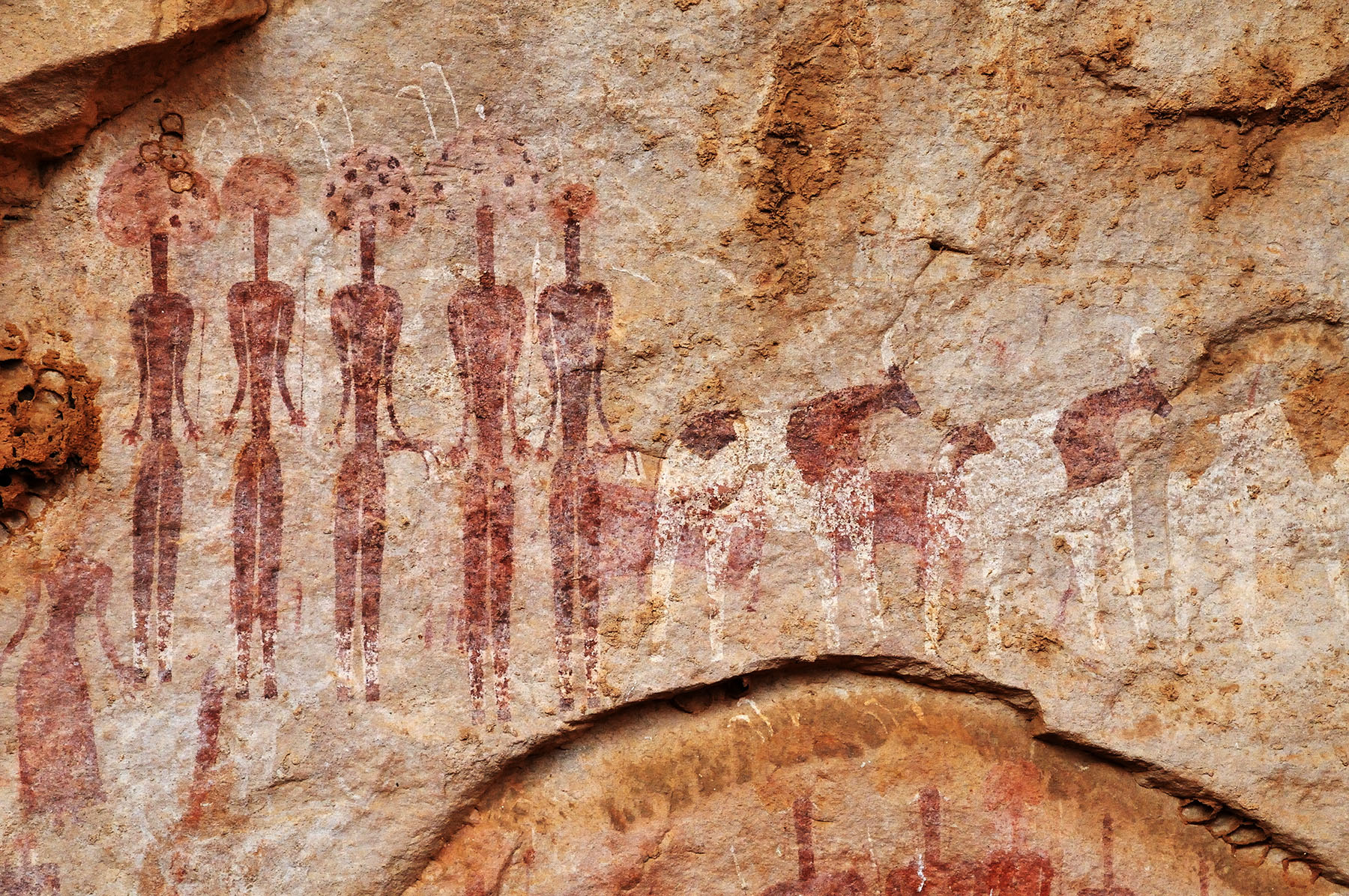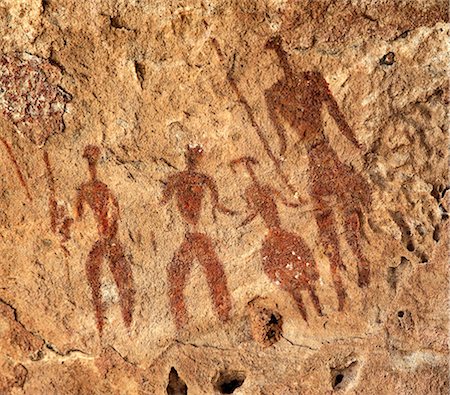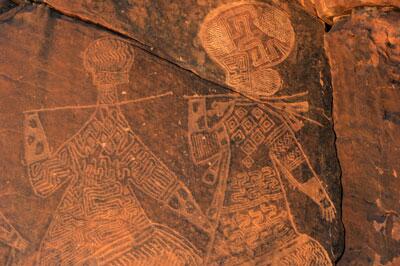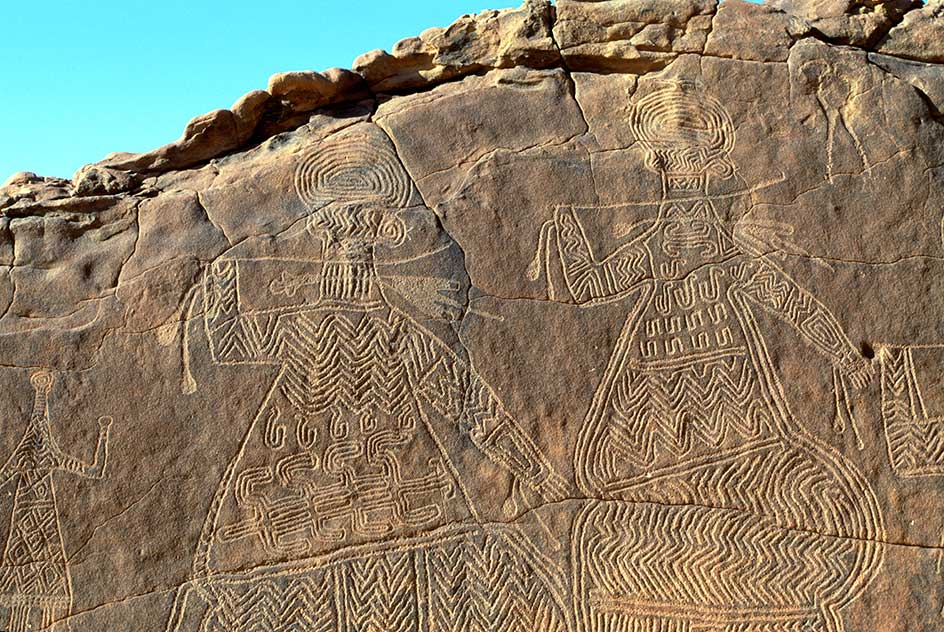Chad: The Ennedi Plateau & Niola Doa

Located in the African state of Chad, the Ennedi plateau is home to the most south-eastern mountainous relief of the entire Sahara, which is why it has much higher rainfall than the rest of the great desert, representing the first barrier placed at the arrival of the southwestern trade humid winds.
This relative abundance of water makes it a small Saharan Eden, with the presence of almost tropical vegetation such as ficus and hibiscus typical of other latitudes, as well as a peculiar fauna consisting of baboons, gazelles, rock worms, and fennecs.
Thanks to the combined action of water and wind over time, this mountain range looks like a triangular-shaped sandstone relief, flat at the top, extending for 40,000 sq km (as much as Switzerland), heavily eroded to form an incredible and phantasmagoric labyrinth of deep canyons, gorges, precipitous cliffs, pinnacles, and arches.
In the past few decades, scholars and passionate travelers in northern Chad have brought to light a surprisingly wide variety of rock art themes and styles which UNESCO recognized as a World Heritage Site in 2016.

Interestingly, image processing software recently discovered that in some cases visible paints overlap older, half-erased, very differently styled images barely noticeable to the naked eye.
Further east on the Ennedi plateau, at Niola Doa, groups of finely engraved characters stand out as a magnificent example of Saharan art. We can only imagine what extraordinary vision the landscape aspect of the Ennedi must have given when artists decorated the rocky surfaces with pictograms and petroglyphs.

The walls of this mountain range are literally scattered with thousands and thousands of paintings, the oldest being 8,000 years old, attesting to an intense and prolonged presence in prehistoric times, even with superimpositions of more recent images on older drawings, as well as some ancient images invisible to the eye but visible with modern DStretch technology, which reveals a stylistic evolution over time.
Compared to that of other Saharan areas, Ennedi’s art is characterized by a clear prevalence of two-tone red and white paintings, in some cases, even monochromatic, with realistic images of men and domesticated animals portrayed in scenes of everyday life, like horses and camels mounted by riders launched at a flying gallop, endowed with a strong sense of movement, or the so-called “sentinels”, with shields and spears.

From a chronological point of view, these are later manifestations than in other areas (the classic naturalistic initial phase of the large Mesolithic wildlife, as well as the subsequent one of the roundheads, are contained to a minimum), ranging from the late Bovidian Neolithic to the appearance of the horse and the camel, already in historical times, which attests a temporal and cultural delay.
Like almost every other ancient rock art site in the world, there are also many figures with anthropomorphic features, divine/mythical beings, spirals, and labyrinths.
The symbols portrayed, the spiral and the labyrinth above all, are indeed similar to those that can also be found in many other ancient rock art sites, from North America to China.
